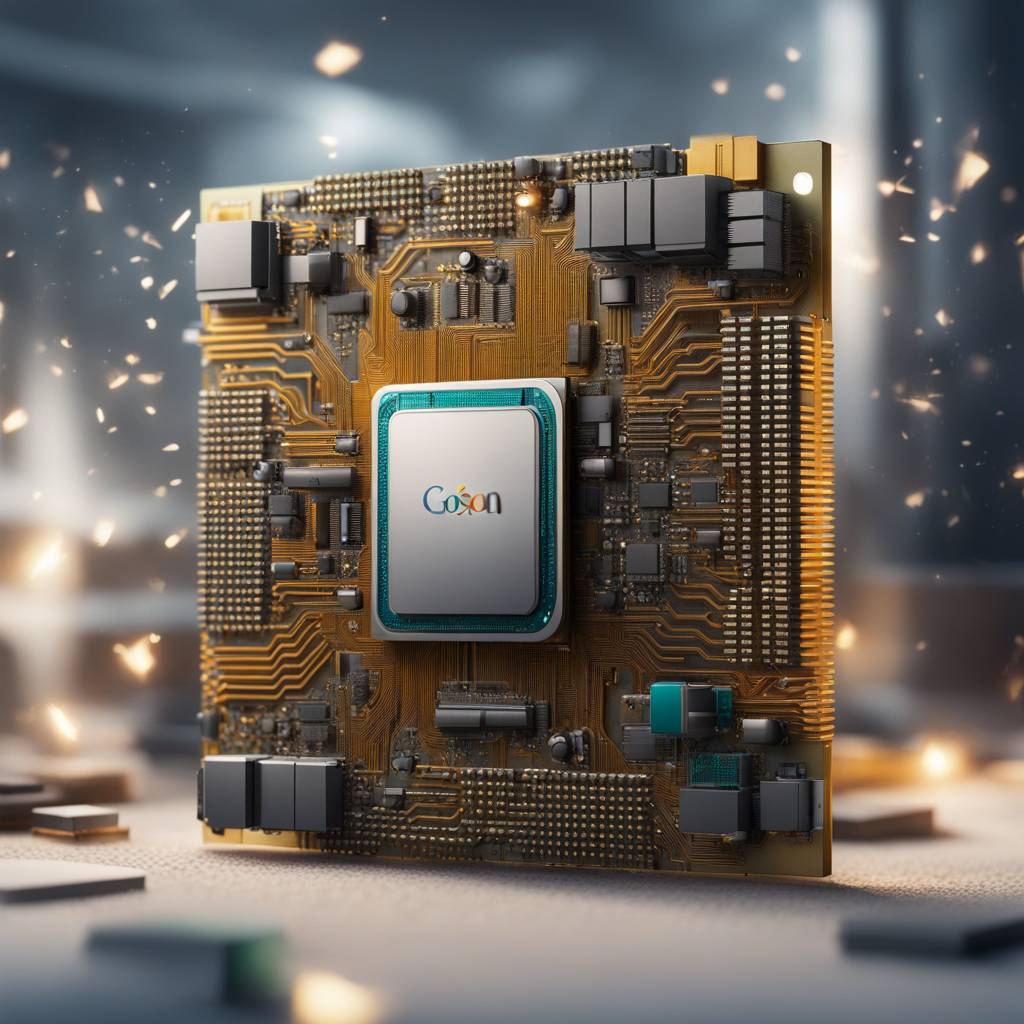Google Cloud Platform has announced its in-house-designed Arm-based CPU, Axion, after much anticipation. This move follows Microsoft’s Cobalt CPU launch a few months prior and AWS’s lead by approximately six years. The announcement also comes after GCP’s strategic engagement with Ampere to deploy its chips in data centers, mirroring Azure’s transition to embracing Arm.
Arm-based CPUs have gained traction in the cloud data center since Neoverse was introduced and AWS launched Graviton1-based instances in 2018. Arm processors are being used at every major cloud service provider and are expanding into workloads that were previously considered unsuitable. AWS has deployed over 2 million chips across 150 instances, with projections indicating that Graviton4 could reach a 40% market share.
Axion, built on Arm’s Neoverse V2 technology, features performant cores, a large cache, and ample memory bandwidth for strong vCPU performance. Google intends to use Axion for internal workloads such as Spanner and Google Earth, as well as for general-purpose compute instances on GCP. The CPU is expected to outperform leading Arm and x86 CPUs, but specific architectural details remain undisclosed.
Google’s long history with Arm and experience in silicon design, including the development of TPUs and VPUs, instills confidence in Axion’s performance and reliability. Major customers like Snap, Datadog, Elastic, and WPEngine have expressed interest in Axion, providing real-world validation of its capabilities. While enterprise adoption remains to be seen, Google’s expertise in silicon design bodes well for Axion’s success.
With Google introducing its in-house CPU design, Ampere Computing, the last major North American CSP customer, is left with Oracle Cloud Infrastructure. While Ampere still has potential to serve as a merchant Arm silicon provider for second-tier and next-wave cloud segments, the move highlights the trend towards first-party chip design among major hyperscalers. Arm’s Compute Subsystem program has made chip development more cost-effective, shifting the balance towards in-house designs.
Overall, the introduction of Axion underscores the accelerating trend towards Arm-based CPUs in the cloud, with GCP and Azure set to see faster adoption compared to AWS’s Graviton. This shift is expected to impact smaller cloud providers and eventually the enterprise market. Despite the lack of detailed specifications, Google’s track record in silicon design and the enthusiasm from major customers signal a promising future for Axion and Arm-based CPUs in the cloud industry.


